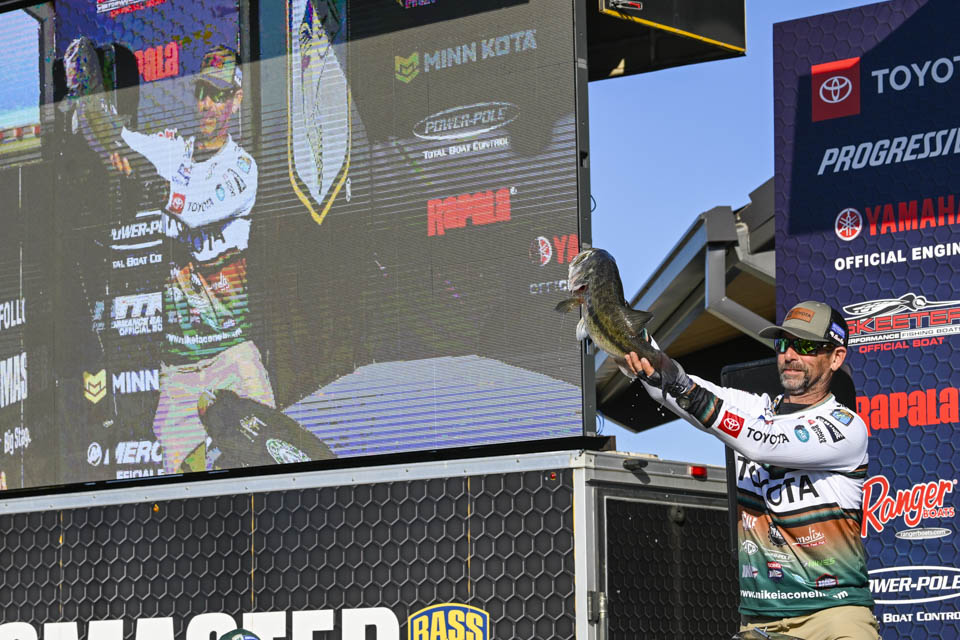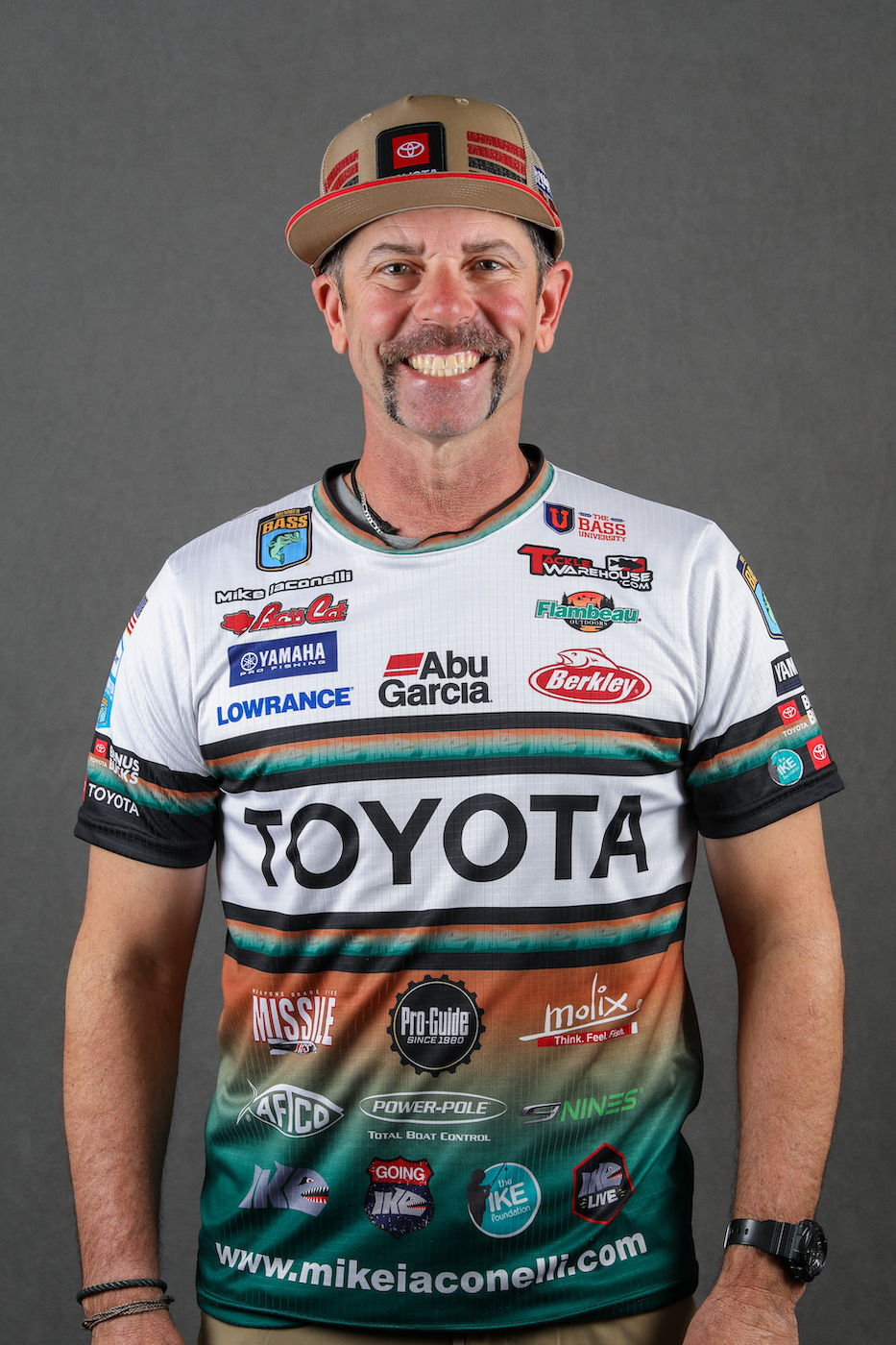
I’m in Florida competing in back-to-back Elite Series tournaments, and I’m seeing a lot of matted grass. I believe more than one Elite pro will finish in the Top 10 on the Harris Chain and the St. Johns River by fishing this cover.
Hyacinth, pennywort, hydrilla and other types of aquatic vegetation mat on the surface in Florida, but a mat can be about anything that forms a roof over a bass. I’ve seen the wind push cut up eelgrass into productive mats on many waters, including New York’s Oneida Lake.
On rivers and reservoirs, sawdust often collects and creates mats in the backs of pockets. On the Delaware River, I’ve caught bass fishing “mats” consisting of juice jugs, plastic bottles and other floating trash.
When I see a good mat, I figure a big fish is likely to be hanging under it. In my opinion, the biggest bass in any given body of water are the smartest. They’re old, wise and have seen it all. That’s why they’re big.
Some of them avoid being caught by getting under the nastiest, gnarliest mats imaginable. If mats are present, whopper largemouth will surely be hanging under them at this time of year.
Prespawn bass love to stage under a mat because it’s like a warm blanket to them. They return to mats after spawning to rest and recuperate before moving on. The heavy females are content to let the male bass take on the chore of guarding the eggs and the ensuing fry.
Punching
I rely on the tried-and-true method of punching for extracting bass from under mats. You assemble the basic punching rig by slipping a bobber stop onto your line, followed by a heavy tungsten weight and then a straight-shank, flipping-style hook.
I choose a weight that’s heavy enough to get through whatever type of mat I’m fishing, but not so heavy it’s overpowering.
A 3/4-ounce weight has no problem getting through an eelgrass mat. When fishing thicker mats composed of things like hyacinths and pennywort, I’ll up the anti to 1 1/4-ounce or more. I’ll even go as heavy as 2 ounces — whatever it takes to punch through the mat and reach the bass underneath.
Depending on the size of the plastic bait I’m using, I secure a 2/0 to 5/0 Berkley Fusion19 Heavy Duty Hook to my line with a snell knot. The advantage of a snell is that it kicks the hook’s point out when you apply upward pressure. You’ll catch 20% more bass with a snell than with any other knot.
I’m a big proponent of matching the hatch, and that holds true when I’m punching. The crawfish and small sunfish that feed under mats constitute the main forage for bass lounging under this cover.
I avoid soft plastic baits that have multiple legs, flappers and other appendages because they hinder the lure’s ability to penetrate the mat. For the past several years I’ve relied on two Berkley baits. I opt for the Powerbait Maxscent Creature Hawg when I’m fishing clear water and when the bite is tougher. It has a subtle action. In dirtier water and when the bass want something livelier, I go with the good old Powerbait Pit Boss.
Punching presentations
There’s more to punching than just getting the bait through the mat. You have to figure out what type of retrieve the bass want on any given day. I try three different presentations until I get the first bite. Then I dial in with whatever got that bite.
One method is to let the bait fall to the bottom after it gets through the mat. Then I let it sit there and kick up bottom silt with small rod shakes. That really works well when the bass are keying on crawfish.
The most versatile tactic is to let the bait hit bottom and then to repeatedly lift it up and let it fall like a baitfish. I make sure it hits the bottom on every drop.
The least fished method can be the most productive. After the bait makes its initial bottom contact, I lift it until it touches the bottom of the mat. Then I tink, tink, tink it against the underside of the mat to mimic a feeding bluegill.
I punch with heavy action baitcasting rods from 7 1/2- to 8-feet in length. The heavier the weight the longer the rod. I match the rod with a high-speed reel and Berkley X5 Braided Line. With eelgrass mats I like 40-pound braid. For punching trash 50-pound braid does the job. Dense grass mats call for 65-pound braid.
In really clear water and when bass are finicky due to heavy fishing pressure or a cold front, I’ll add a 16-inch Berkley 100% Fluorocarbon leader in 25- or 30-pound test.





